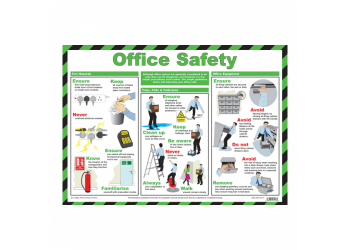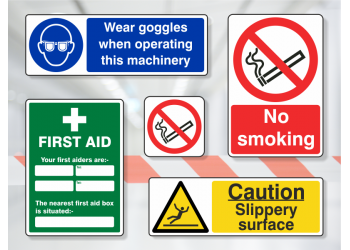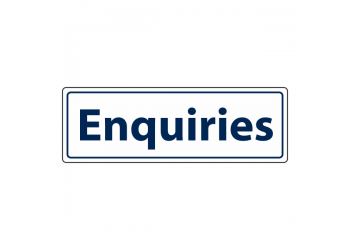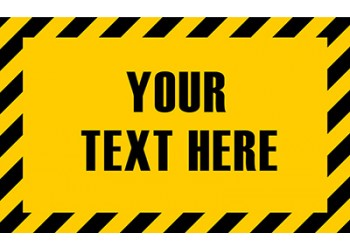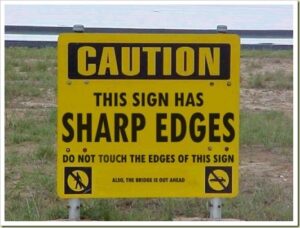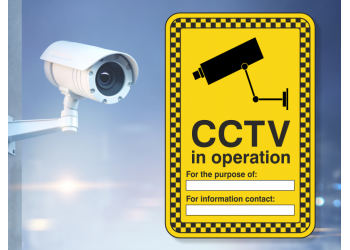When it comes to safety in the workplace, correct signage is essential. Unlike those used for decoration, these vital signs provide key information to all workers, guests, residents, visitors, etc. And, specifically for construction sites and other hazardous environments, they are also a legal requirement. In today’s blog, we’ll look at why safety signs are so essential.
Preventing Injury
One of the primary uses of safety signs is to prevent injury and accidents. By keeping key information to hand at all times, everyone is kept aware of the correct code of practice. This extends right across the sign spectrum, from fire exit signs through to quality control signs and even hotel signs.
Ensuring Compliance
It is important that your business stays compliant with all legal requirements. Many safety signs are designed to help you do just this, ensuring you are providing key information to all guests. They are also one of the most effective ways of guaranteeing that every worker on site follows your individual rules – something that can have an impact on various insurance policies too.
Provide Direction
There are various situations where a visitor to your workplace may find themselves unfamiliar with the layout. Equally, there is always the chance that (especially in larger buildings) where experienced staff may find themselves in an unfamiliar part of the building. In these instances, directional safety signs ensure that everyone is still able to vacate the premises in the event of an emergency.
Legal Requirement
As mentioned above, safety signs are a legal requirement for many working environments. Some of the most comprehensive legislations surrounding this includes the Health and Safety (Safety Signs and Signals Regulation) 1996. This states that:
‘Safety signs and signals are required where, despite putting in place all other relevant measures, a significant risk to the health and safety of employees and others remains.’
Safety signs are required is a risk assessment made under the Management of Health and Safety at Work Regulations 1992 indicates that they are the most suitable method for reducing risks to employees. This applies to the whole of Great Britain, excluding Northern Ireland.
Here at Lasting Impressions, we pride ourselves in offering one of the largest online collections of safety signs for all businesses. Get in touch today and let a member of our sales team work with you to ensure your work building is fully compliant and up to date with all current legislations and UK law requirements.
